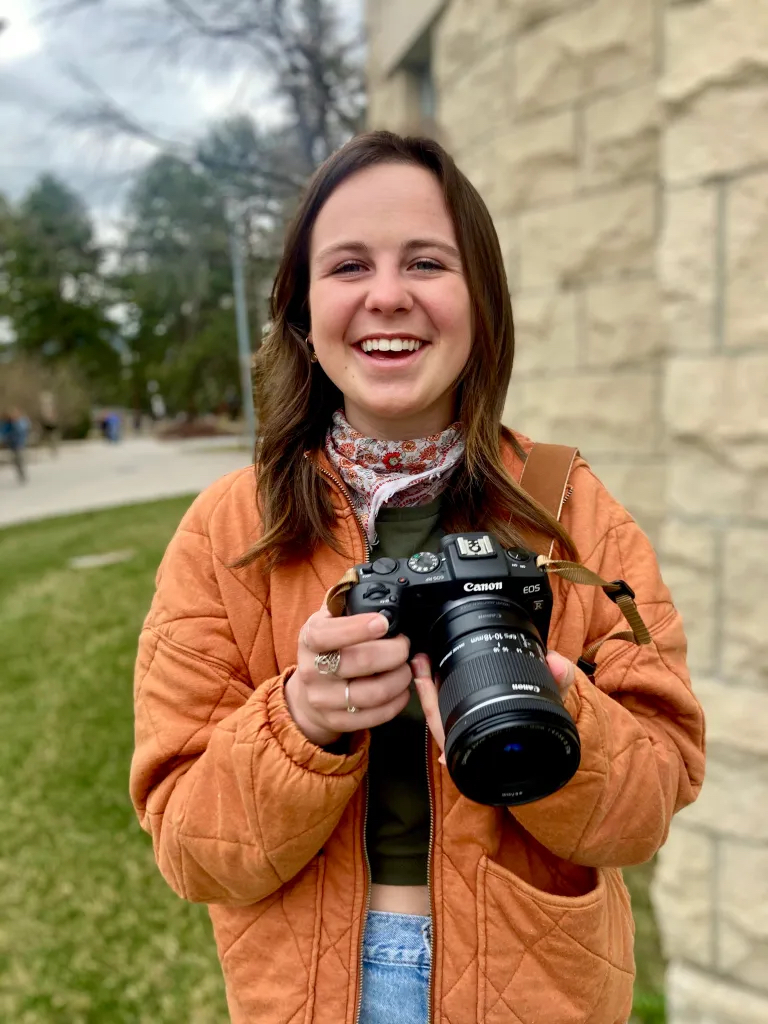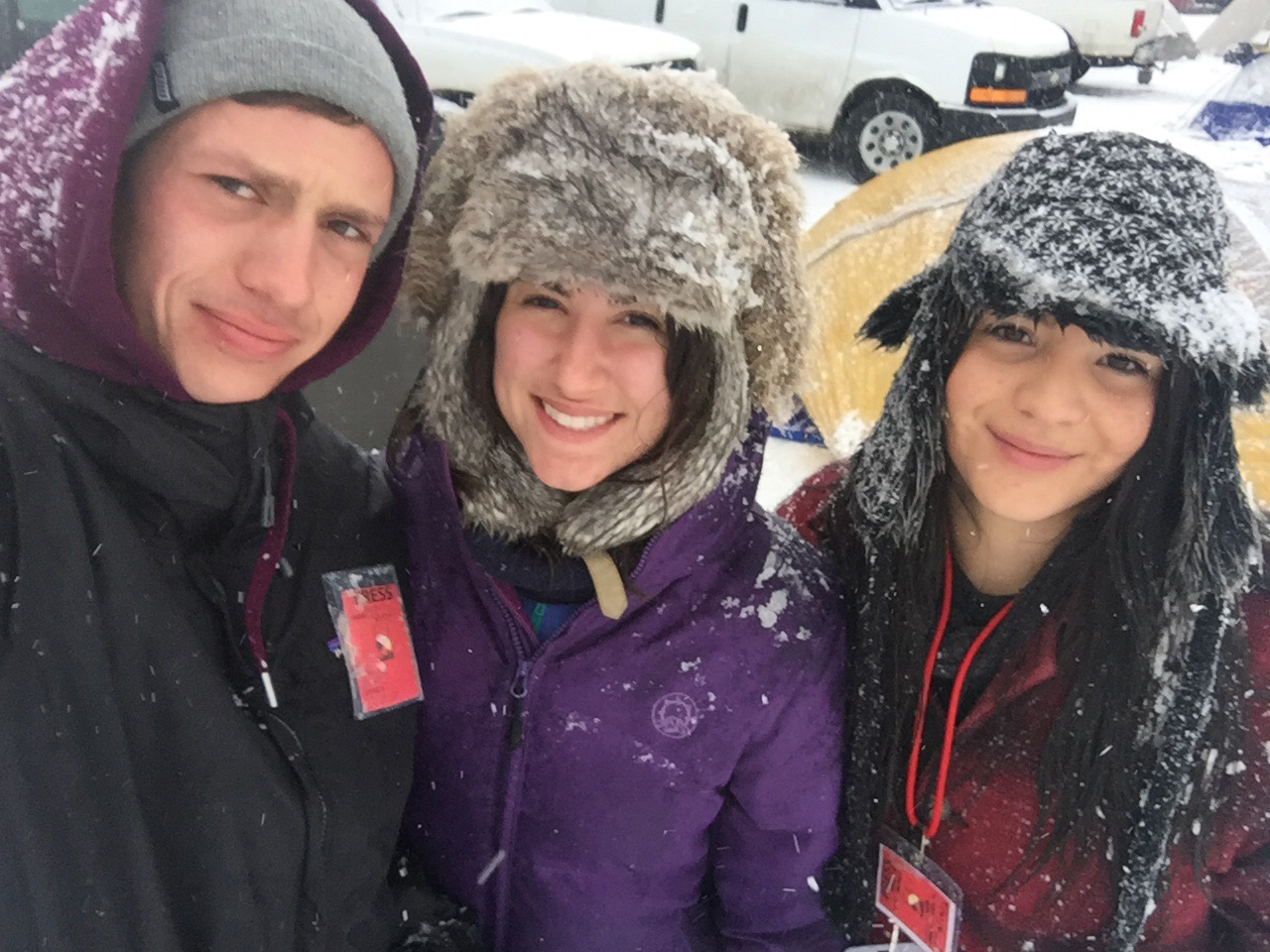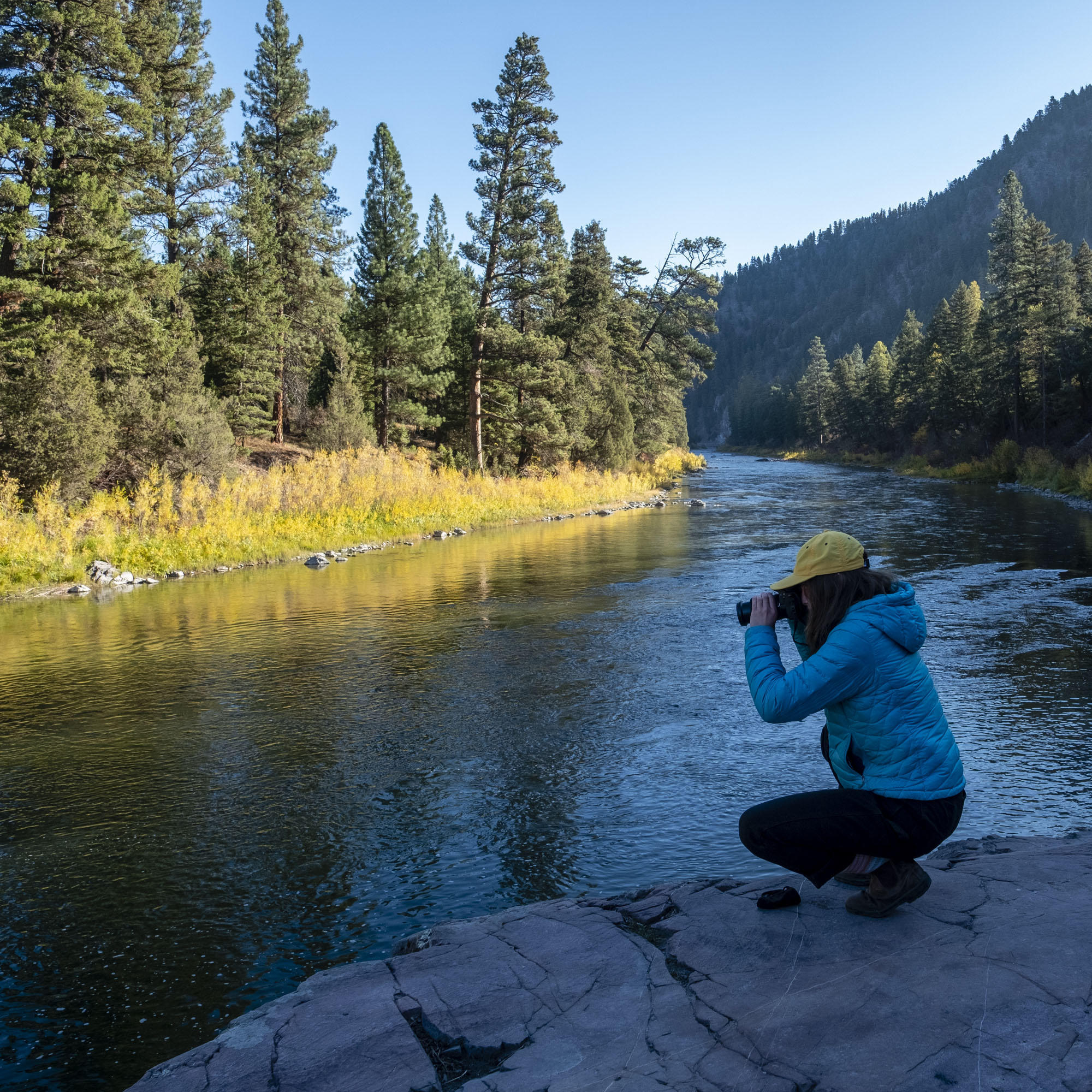Photo and Visual Journalism Track
The photojournalism and visual journalism track at the University of Montana School of Journalism is quickly becoming one of the best in the nation. With ample opportunities to document right in our backyard, the program is especially strong in outdoor, travel and recreation photography. Students in the program regularly compete for national awards while they're in school and big jobs when they graduate.
Jobs and Career Opportunities
The job market for photographers continues to grow. The Bureau of Labor Statistics is forecasting a 9% increase in the job outlook in the next year. When you study photojournalism and visual journalism at the University of Montana School of Journalism, you graduate with a portfolio full of professional clips that will help you stand out from the crowd.
A few of the jobs that our graduates find after graduation include:
- Breaking news photographer
- Feature photographer
- Magazine photographer
- Filmmaker
- Commercial photographer
- Documentary photographer
- Photo editor
- Photo director
The Student Experience
 Photojournalism, including film and video journalism, is a particularly strong program at the University of Montana School of Journalism. UM students regularly compete for top national awards in photojournalism and multimedia categories, including in the national Hearst Awards and Society of Professional Journalists' contests.
Photojournalism, including film and video journalism, is a particularly strong program at the University of Montana School of Journalism. UM students regularly compete for top national awards in photojournalism and multimedia categories, including in the national Hearst Awards and Society of Professional Journalists' contests.
Students get real-world experience starting in their first beginning visual journalism class and then in capstone projects like Native News, Byline Magazine, student documentary and intermediate and advanced visual journalism.
All that hands-on experience gives students a chance to build impressive portfolios, but also, meaningful connections.
"The biggest thing that I’ve learned is connections are super important," says student Ridley Hudson (pictured here). "The J-School and professors are a great place to start with that. And getting involved in the J-School is really important because getting involved, you make connections, and then connections lead you to connections that lead you to further opportunities down the road."
Alumni
 Brontë Wittpenn, (pictured at right, middle, covering Standing Rock while at UM) staff photojournalist, San Francisco Chronicle
Brontë Wittpenn, (pictured at right, middle, covering Standing Rock while at UM) staff photojournalist, San Francisco Chronicle
Tommy Martino, photographer, University of Montana
Tailyr Irvine, (pictured at right, right)independent and documentary photographer, 2019 National Geographic Explorer
John Locher, photographer, Associated Press
Louise Johns, documentary photographer
Evan Frost, (pictured at right, left) freelance photographer
Greta Rybus, freelance photographer
Courses
Starting in beginning visual journalism students get their hands on cameras and hands-on experience. That stays the same throughout the program with ample opportunities for students to be out shooting in the real world.
Here's a suggested course plan for photographers and visual journalists:
Lower-Division Required Coursed in Major
- JRNL 100H - Media History and Literacy
- JRNL 170 - Elements of News Writing
- JRNL 257 - Beginning Visual Journalism
- JRNL 270 - Reporting
Upper-Division Required Courses in the Major
- JRNL 300 - First Amendment and Journalism Law
- JRNL 400 - Ethics and Trends in News Media
- JRNL 498 - Supervised Internship
Upper Division Writing Requirement Suggestion
- JRNL 340 - Intermediate Audio
- JRNL 362 - Feature Writing
Five Upper-Division Elective Requirement Suggestions
- JRNL 328 - Intermediate Photojournalism
- JRNL 350 - Intermediate Video
- JRNL 427 - Photo Stories
- JRNL 428 - Freelance Photography
- JRNL 430 - Print & Web Editing & Design
- JRNL 433 - Marketing Your Work
- JRNL 494 - Pollner Seminar
Capstone Requirement Suggestions
- JRNL 410 - Native News Honors Project
- JRNL 412 - Magazine Production and Design
- JRNL 470 - Campaign Coverage
- JRNL 488 - Student Documentary Unit
Courses Outside JRNL Suggested
- MART 255 - Photoshop: Art and Design
- MART 345 - Sound for Film
- MART 327 - Intro to Cinematography
- MAR 252 - Screenwriting
- ARTZ284A - Photo I-Technologies and Processes
- ARTZ383 - Analog Photography
- ARTZ388 - Alternative Process Photography
- ARTZ445 - History of Photography
